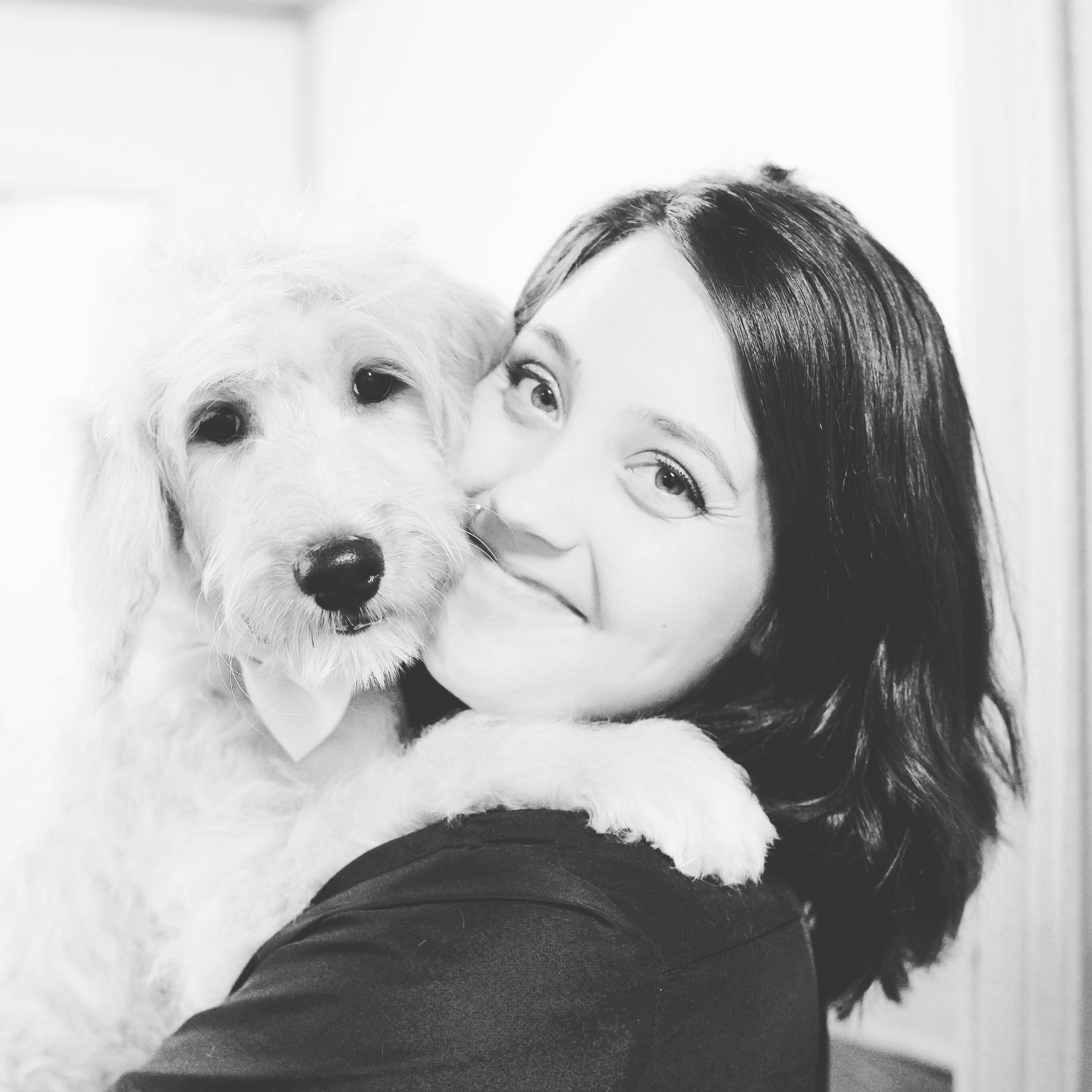Anxiety-Proofing Your Dog: Effective Strategies for Preventing Separation Anxiety
- The Furologist

- Jul 6, 2023
- 4 min read
Separation anxiety is a common problem in dogs, leading to distress for both the dog and the owner. Dogs with separation anxiety exhibit various behaviors such as destructive chewing, excessive barking, and house soiling when left alone. The causes of separation anxiety are complex and multifactorial, including genetics, early life experiences, and environmental factors. However, there are evidence-based strategies that can help prevent and manage separation anxiety in dogs.
Gradual Desensitization
Gradual desensitization is a technique that exposes the dog to the anxiety-provoking situation in a gradual and controlled manner. For example, the owner can leave the dog alone for a short period and gradually increase the time. This technique helps the dog to gradually get used to being alone and reduces the anxiety associated with the separation.
Counterconditioning
Counterconditioning is a technique that replaces the negative emotional response with a positive one. For example, the owner can give the dog a special treat or toy that they only get when the owner is away. This creates a positive association between the owner's absence and the pleasurable experience of the treat or toy.
Environmental Enrichment
Environmental enrichment is the provision of stimulating and engaging activities that promote mental and physical well-being. Providing the dog with toys, puzzles, and other interactive games can help reduce boredom and anxiety associated with being alone.
Exercise
Regular exercise can help reduce anxiety and promote relaxation in dogs. Exercise also helps to tire the dog out, making them more likely to rest when left alone.
Consistency
Consistent routines can help reduce the anxiety associated with the owner's absence. Establishing a consistent routine for feeding, exercise, and bedtime can help the dog feel more secure and relaxed.
Medication
Medication may be necessary for some dogs with severe separation anxiety. Anti-anxiety medications, such as fluoxetine and clomipramine, can help reduce the anxiety associated with being alone. However, medication should only be used under the guidance of a veterinarian.
Professional Training
Professional training can help teach the dog coping strategies and reduce separation anxiety. Training involves gradually exposing the dog to the anxiety-provoking situation and rewarding them for calm behavior.
Calming Pheromones
Calming pheromones, such as Adaptil, can help reduce anxiety in dogs. These pheromones mimic the natural pheromones produced by the mother dog and can help promote relaxation and reduce anxiety.
Distracting Noise
Leaving the radio or television on can help distract the dog and reduce anxiety associated with being alone. The noise can provide a comforting background that can help the dog feel more secure.
Seek Professional Help
If the above strategies do not work, it may be necessary to seek professional help from a veterinarian or certified dog behaviorist. These professionals can provide a thorough evaluation and develop a customized treatment plan for the dog.
Dogs can exhibit various signs of separation anxiety when they are separated from their owners or left alone. Here are some common ways dogs may show signs of separation anxiety:
Excessive Barking or Howling: Dogs with separation anxiety may bark or howl excessively when left alone, often in a repetitive or frantic manner.
Destructive Behavior: Dogs may engage in destructive behavior, such as chewing on furniture, scratching doors or walls, or tearing apart household items, as a response to their anxiety.
Pacing and Restlessness: An anxious dog may exhibit restless behavior, constantly pacing back and forth or circling in a particular area.
Escape Attempts: Dogs with separation anxiety may try to escape from their confinement area, such as by digging or scratching at doors, windows, or crates, in an attempt to find their owners.
House Soiling: Some dogs may have accidents indoors, even if they are house-trained, when experiencing separation anxiety. This can include urinating or defecating in inappropriate places.
Excessive Salivation: Dogs may drool excessively when feeling anxious or stressed due to separation from their owners.
Loss of Appetite: A dog with separation anxiety may lose interest in food or show a decreased appetite while their owners are away.
Abnormal Greetings: Dogs may exhibit overly excited or frantic behavior when their owners return home after being separated, including jumping, whining, or excessively licking.
Depression or Withdrawal: In some cases, dogs may become visibly depressed or withdrawn when they are left alone, displaying a lack of energy, reduced interest in activities, or decreased responsiveness.
Excessive Clinginess: Dogs with separation anxiety may constantly follow their owners around the house, seeking constant attention and reassurance.
It's important to note that not all of these signs necessarily indicate separation anxiety, as some behaviors can be attributed to other factors or medical conditions. If you suspect your dog has separation anxiety, it's best to consult with a professional veterinarian or a qualified animal behaviorist for an accurate diagnosis and appropriate treatment.
Preventing separation anxiety in dogs requires a multifaceted approach that includes gradual desensitization, counterconditioning, environmental enrichment, exercise, consistency, medication (if necessary), professional training, calming pheromones, distracting noise, and seeking professional help if needed. By implementing these evidence-based strategies, dog owners can help prevent and manage separation anxiety and promote their dog's overall well-being.
Sources:
1. Blackwell, E. J., Bradshaw, J. W., & Casey, R. A. (2013). Fear responses to noises in domestic dogs: Prevalence, risk factors and co-occurrence with other fear related behavior. Applied Animal




Comments